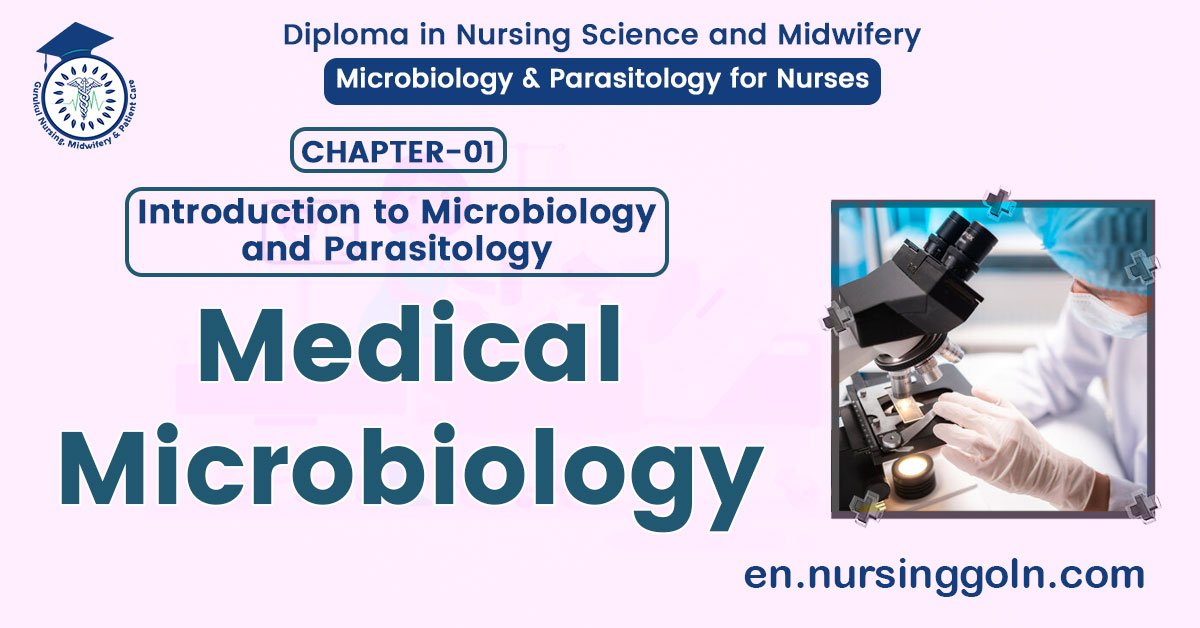Medical Microbiology – Basic microbiology, parasitology, and immunology; nature, reproduction, growth, and transmission of common microorganisms and parasites in Bangladesh; prevention including universal precaution and immunization, control, sterilization, and disinfection; and specimen collections and examination. Students will have an understanding of common organisms and parasites caused human diseases and acquire knowledge about the prevention and control of those organisms.
Definition of Microbiology:
The word ‘Microbiology’ derives from three separate words-
- Micro (small)
- Bios (life)
- Logos (knowledge).
So, literally Microbiology means ‘the study of small living things’.
Microbiology may be defined as “the science that deals with the study of small living organisms either microscopic or sub-microscopic creatures.”
Or
Microbiology is the study of microorganisms, those being unicellular (single cell), multicellular (cell colony), or acellular (lacking cells). Microbiology encompasses numerous sub-disciplines including virology, parasitology, mycology and bacteriology.
Or
Microbiology is the study of microscopic organisms, such as bacteria, viruses, archaea, fungi and protozoa. This discipline includes fundamental research on the biochemistry, physiology, cell biology, ecology, evolution and clinical aspects of microorganisms, including the host response to these agents.

Medical Microbiology
Medical Microbiology is the branch of medical science that deals with the medically important causative agents of infectious diseases with their pathogenesis, diagnosis and treatment.
Branches of Medical Microbiology:
1. Bacteriology – Deals with bacterial anatomy, physiology, diseases produced by them, pathogenesis, diagnosis and treatment.
2. Virology – Deals with viral anatomy, physiology, diseases produced by them, pathogenesis, diagnosis and treatment.
3. Mycology – Deals with structure and physiology of fungi with the diseases produced by them and their pathogenesis, diagnosis and treatment.
4. Parasitology – Deals with medically important parasites, such as- protozoa & helminthes.
5. Immunology – Deals with host response to micro-organisms.
6. Clinical microbiology – Deals with organ specific microbial diseases

Definition of Microbe:
Microbe is a minute organism typically visible under a microscope. Microbes include bacteria, fungi, and protozoan parasites.
Definition of Microorganism
An organism that is microscopic or submicroscopic, which means it is too small to be seen by the unaided human eye. Examples of microorganisms include bacteria, fungi, archaea, and protists!
Classification of Microorganism

Read More….
